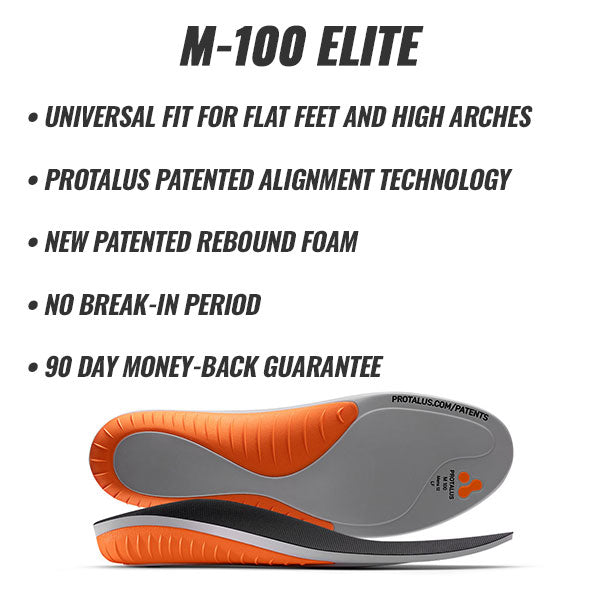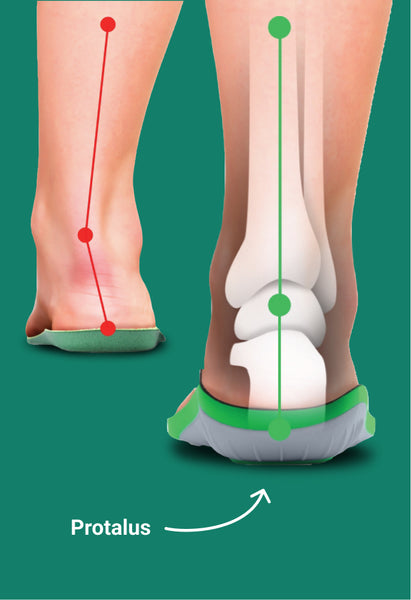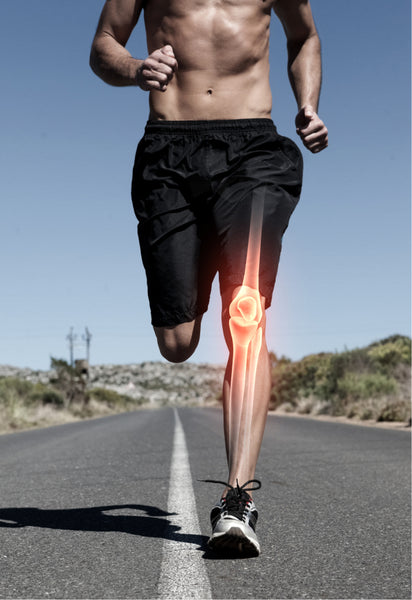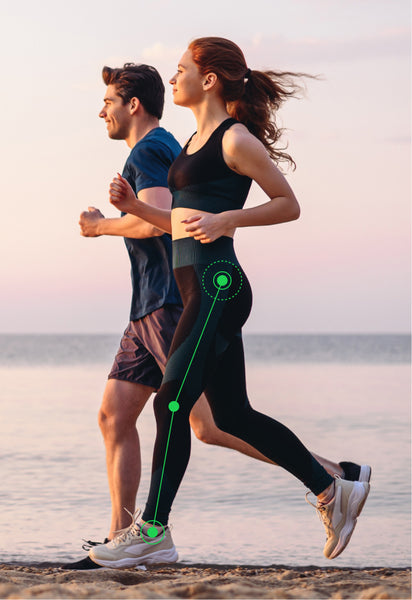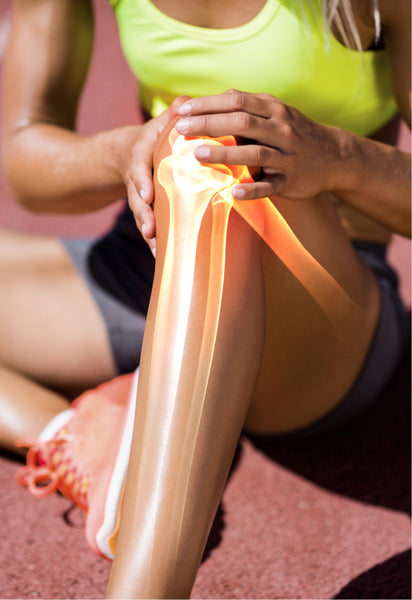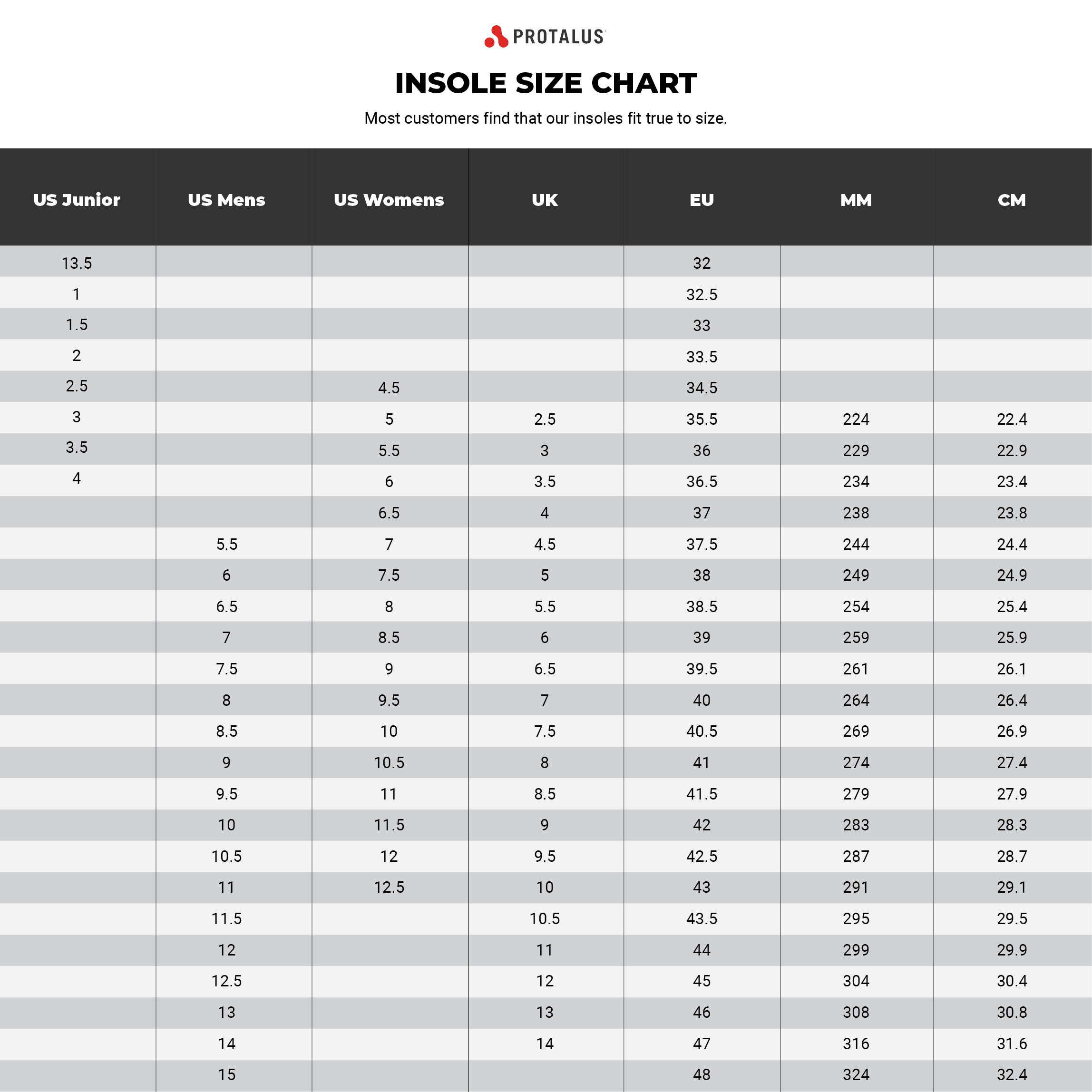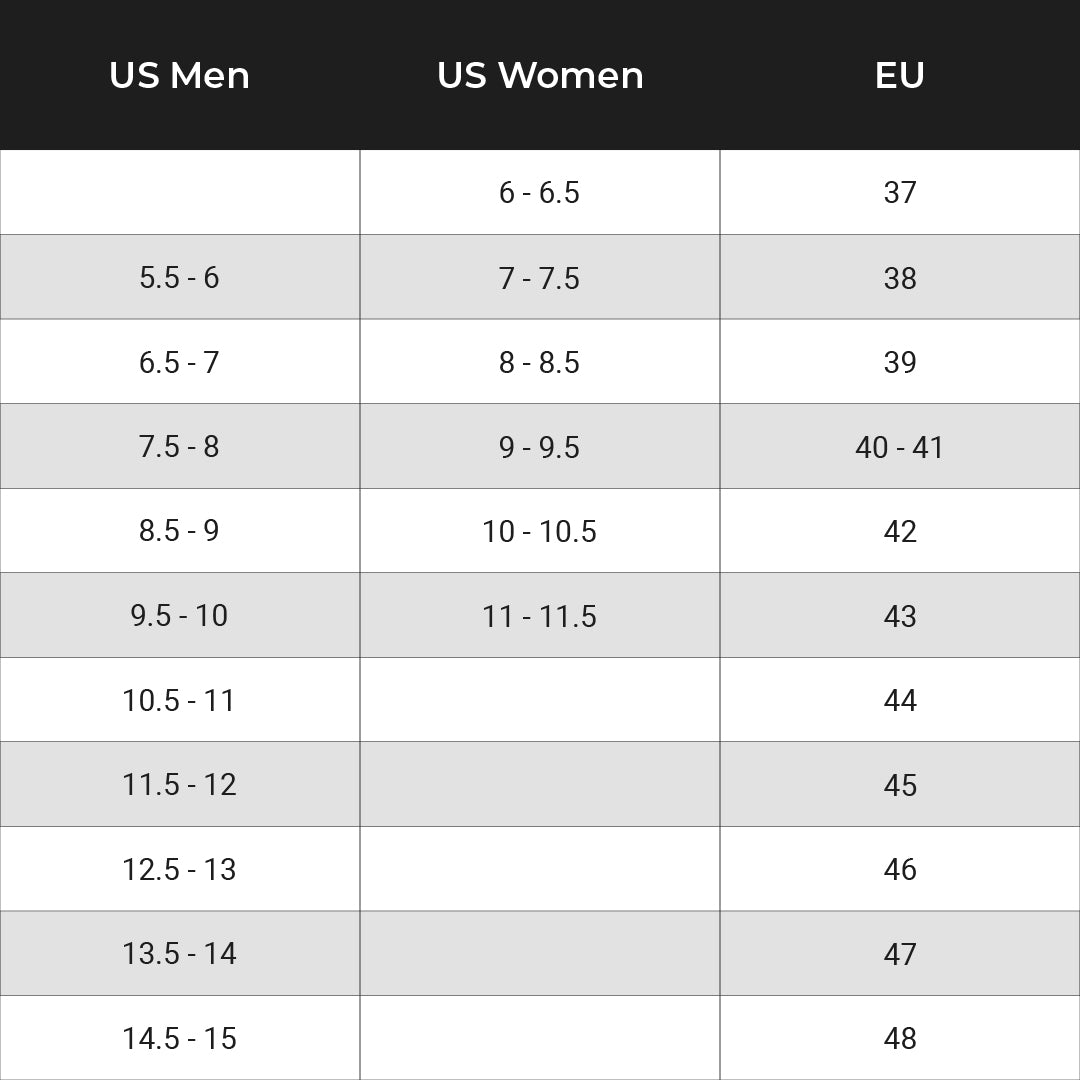Haglund's Deformity Treatment
It can be so hard to experience foot pain and not know the cause. There are just so many different conditions that can cause foot pain in people of all ages with any activity level. One of the lesser discussed causes of foot pain is Haglund’s deformity. Haglund’s deformity, also sometimes called ‘pump bump’ is an enlargement of the bony part of the heel where the Achilles tendon is inserted. This enlargement of the heel can irritate the soft tissue on the back of the heel, especially when the foot is placed in a shoe and the area rubs against the inside wall of the shoe. Oddly, though, this deformity is still not well understood. Some studies assert that it often affects people in middle age, while others say women in their twenties, while still others note the condition can occur as early as age eleven. It usually occurs in both feet at the same time but doesn’t need to. And though we might not entirely understand the cause, the good news is that there are treatments and most of them are not invasive.
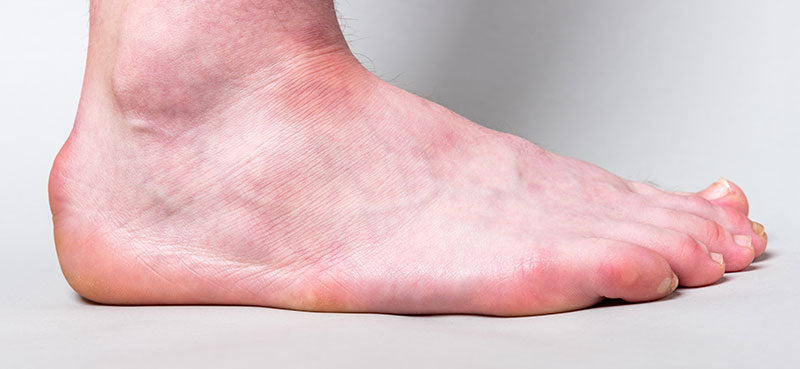
Non-Surgical Treatments:
One simple measure that can be taken is to change your shoes. If your shoes are ill-fitting or too tight, it may be causing irritation at the site of pain. This seems to be especially true of high heels. If you also have swelling, you can try to use over-the-counter anti-inflammatory medications such as ibuprofen or Motrin as well as applying ice. If you participate in high-impact sports such as running or basketball it is important to take a break from them while you rest for a bit and give your feet time to recover. Another great option that your doctor may suggest is physical therapy. A physical therapist may work with you and show you exercises and stretches that you can do independently on a regular basis. These stretches may help relieve tension in the area. If these methods don’t help to relieve the pain, a steroid injection can be used to reduce inflammation in the area in some cases.
Surgical Treatments
If all else fails, your doctor may recommend surgery. While the surgery is typically successful in reducing heel pain, the down time may be a deterrent for some. Because the surgery may include removing portions of the bone and surrounding tissue that have become inflamed or overgrown, the patient often needs to stay off of their few for about two weeks following surgery. They may also be placed in a cast or boot. The healing process also means that it could be six months before you’re able to wear high heels again, if ever. However, if you are in severe pain, this may still be the best option for you.
While we don’t entirely understand the reasons this deformity occurs, there are a good variety of treatments out there. The most important thing is to visit your doctor and get a proper diagnosis so that together you can plan the best path to recovery for you.
Recommended Posts
Saying Goodbye to Leg and Foot Pain: The Power of Insoles
by Anna Heston • January 21, 2021Kick leg and foot pain to the curb with the proper shoe insoles! Discover relief now!
How Plantar Fasciitis Sufferers Find Comfort with Insoles
by Anna Heston • January 21, 2021Say goodbye to leg & foot pain! Insoles like Protalus T-100 offer relief, support & comfort.
Flat Feet: What It Really Means for Your Feet and Body
by Anna Heston • January 21, 2021Flat feet? Discover the challenges and relief with Protalus insoles! Say goodbye to pain, improve stability, and boost performance. Read more!







